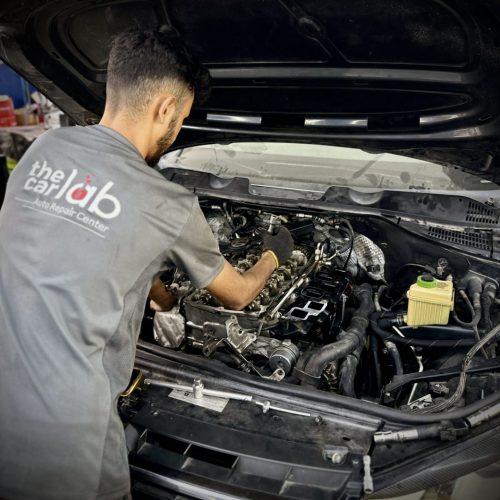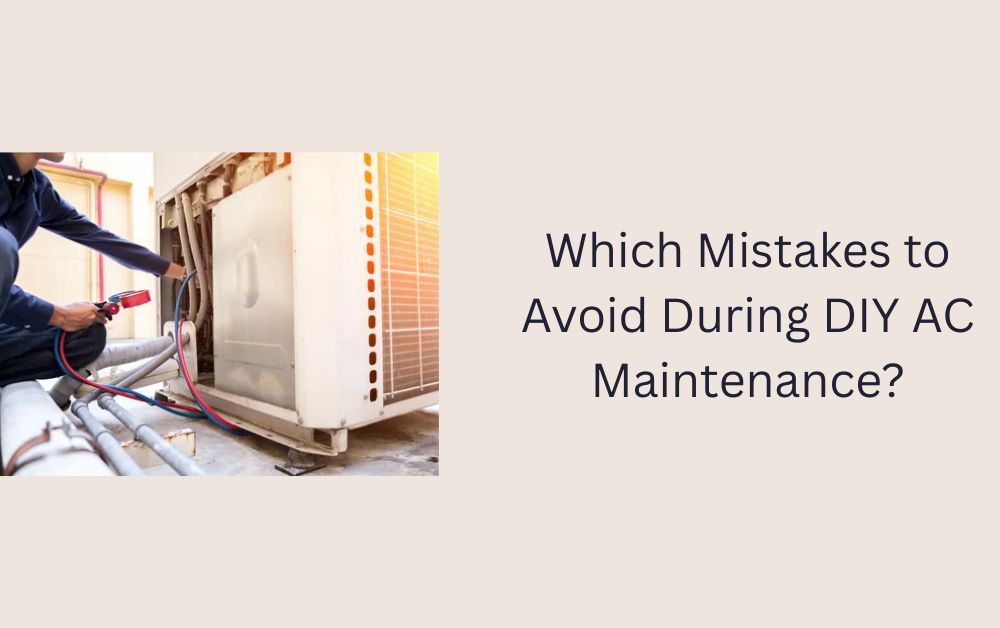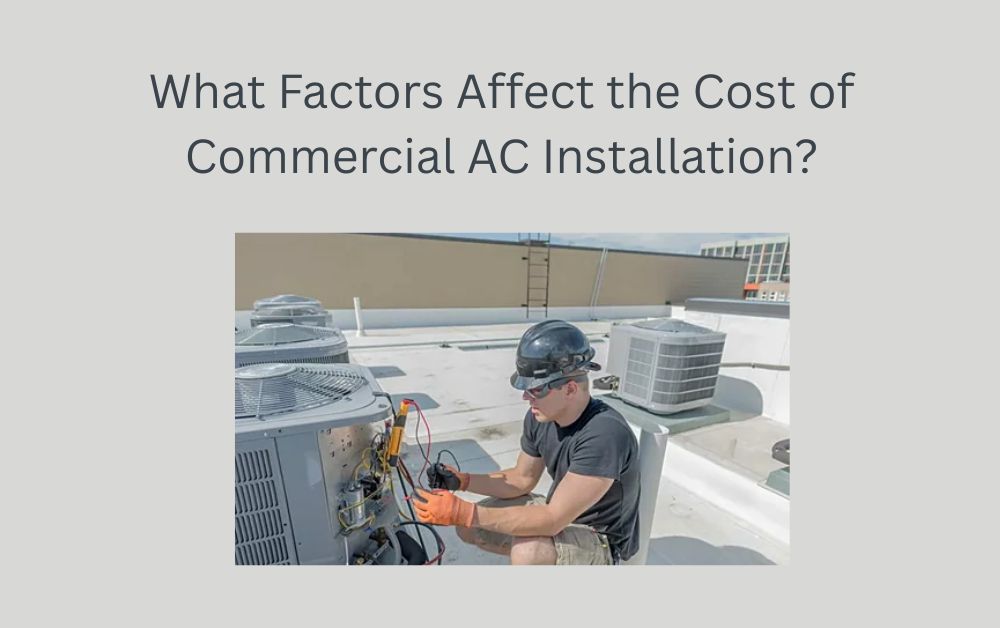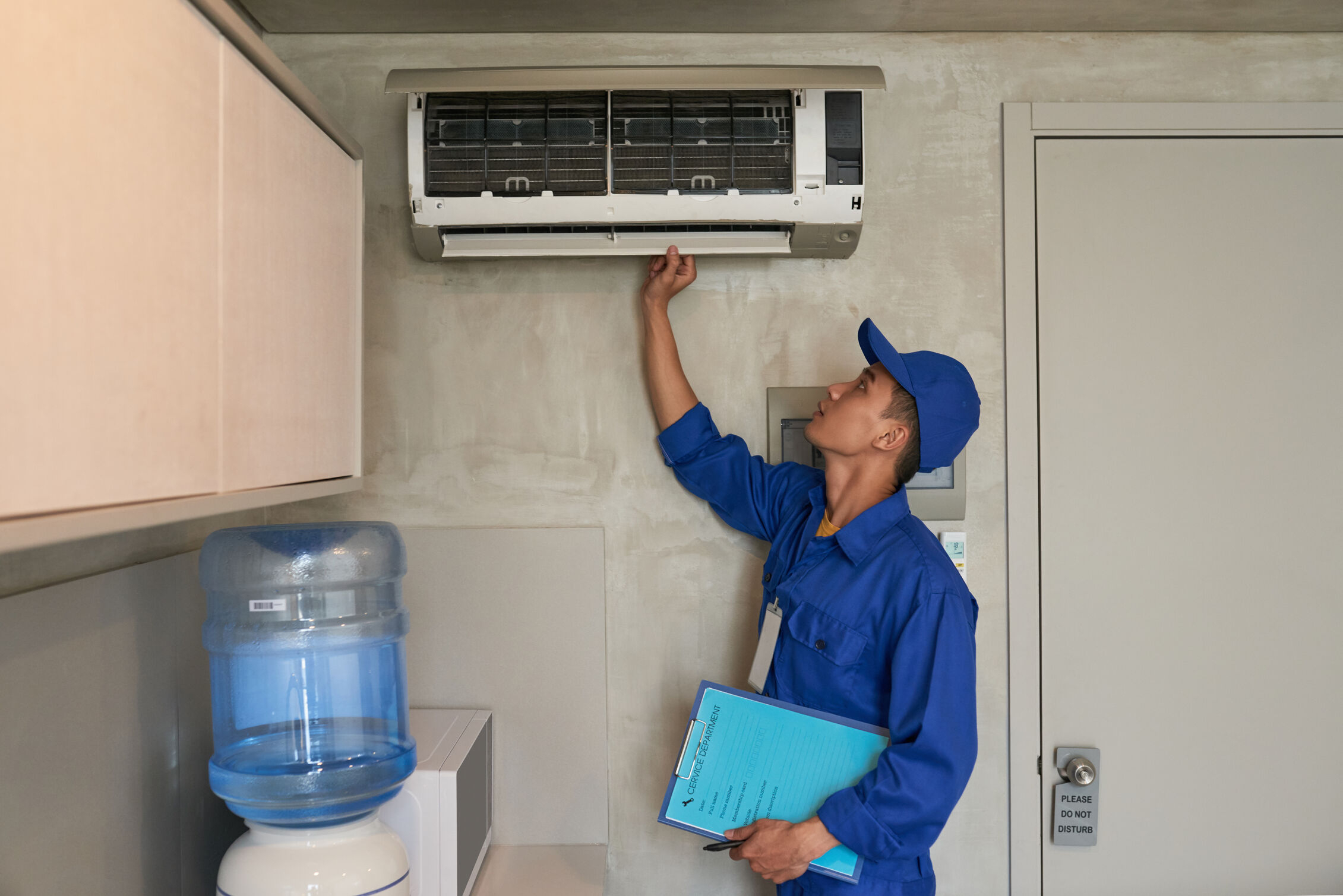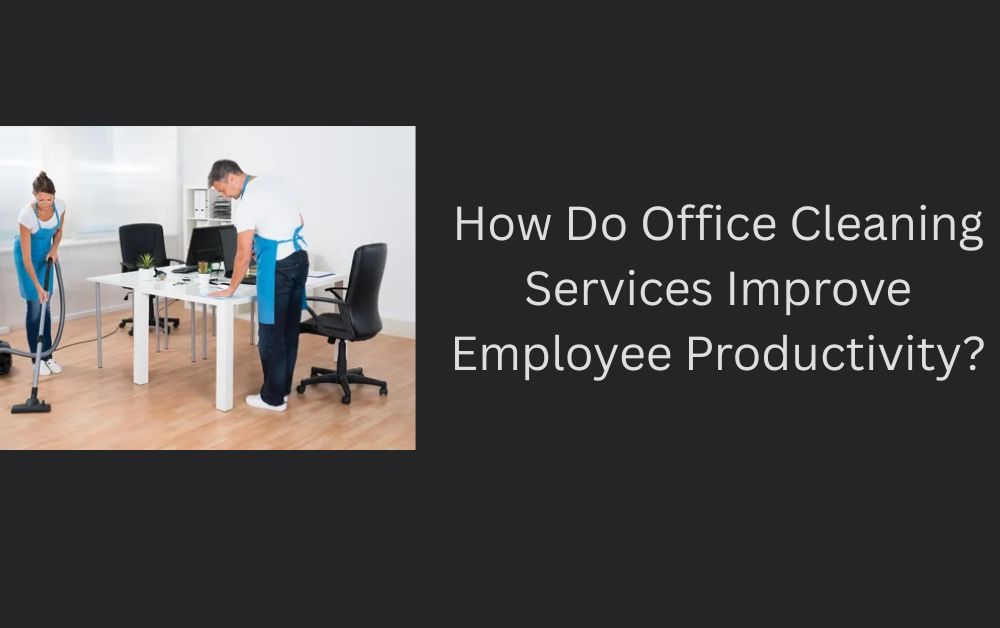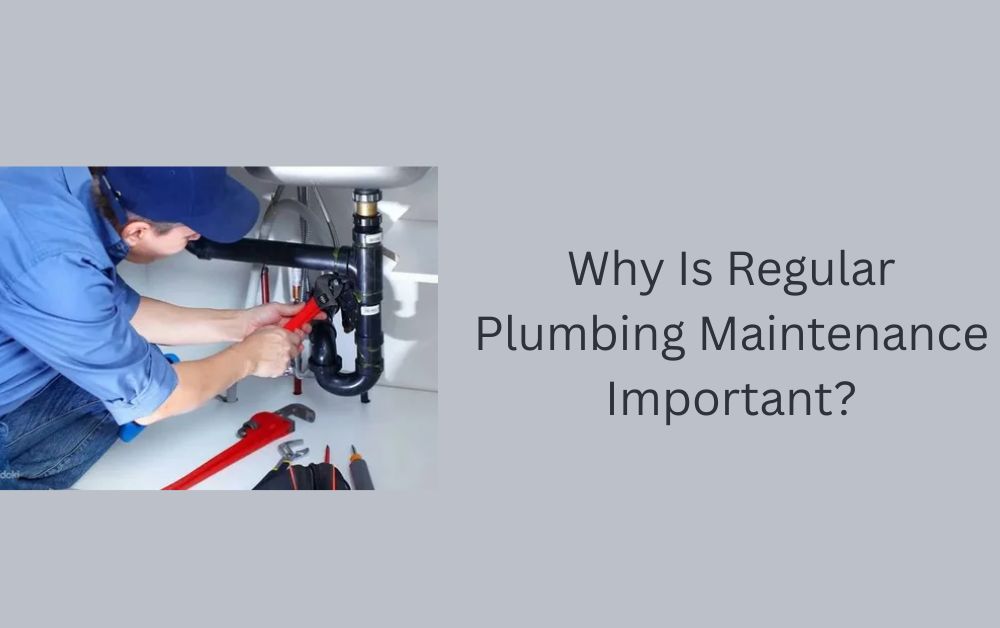Avoid These Costly Mistakes When Dealing With Deck Safety Laws
If you own a property in the Golden State, especially a multi-family or commercial one California deck inspections are something you can’t afford to ignore. But, ironically, ignoring them or handling them the wrong way can end up costing you much more than doing things right the first time.
In this guide, we’ll dive into how property owners and managers lose money when it comes to California deck inspections, and more importantly, how you can avoid making the same costly mistakes.
What Are California Deck Inspections?
In response to several Sad events involving deck falls, California introduced SB-721 and SB-326, which require mandatory inspections of elevated exterior elements (such as balconies, decks, porches, stairways, and walkways) for multi-family buildings.
- SB-721 applies to buildings with 3 or more units (non-condo/apartment).
- SB-326 applies to condominiums and HOAs.
These inspections must be conducted by a qualified professional (structural engineer, architect, or licensed contractor) and are required every six years. The first deadlines were set for January 1, 2025, and missing them could mean serious penalties.
How Property Owners Lose Money with California Deck Inspections
Let’s explore some of the real ways people are burning cash by mishandling deck inspections and how you can stay ahead.
1. Waiting Until the Deadline Approaches
One of the biggest mistakes? Waiting until the last minute.
When everyone scrambles to meet the California deck inspections deadline at the same time, what happens? Qualified inspectors are booked months in advance, and prices skyrocket due to demand.
What you lose:
- Higher inspection costs due to rush jobs
- Limited contractor availability
- Fines and code violations for non-compliance
Smart move: Schedule your inspection now, not later.
2. Hiring Unqualified Inspectors
Not all contractors are qualified to perform California-compliant inspections. Hiring someone who isn’t properly licensed or lacks experience in structural evaluation can result in an invalid inspection—and liability still falls on you.
What you lose:
- Money spent on an invalid inspection
- Potential fines for non-compliance
- Risk of lawsuits if someone gets hurt later
Pro tip: Always verify credentials. Choose professionals familiar with SB-721 and SB-326.
3. Ignoring Minor Damage During Inspections
Some property owners make the error of putting off fixing “minor issues” that are found during inspections. Unfortunately, if left untreated, minor cracks, water damage, or rusted connectors can quickly grow dangerous and costly.
What you lose:
- Increased repair costs down the road
- Potential liability for injuries
- Higher insurance premiums or denial of coverage
Better idea: Address issues early while they’re still affordable to fix.
4. Failing to Budget for Repairs
Some owners assume the inspection is a one-and-done fee. But what about the repairs that follow? If your property hasn’t been regularly maintained, you may face thousands or tens of thousands of dollars in required fixes.
What you lose:
- Unexpected costs that could have been planned for
- Financial strain or need for emergency loans
- Negative ROI if you’re trying to sell or refinance
Pro move: Budget not just for the inspection, but also potential follow-up work.
5. Neglecting Documentation and Follow-Ups
After your deck inspection, you’ll receive a report. This report must be documented, stored, and shared with the appropriate city departments if required. Some owners file it away and forget it until it’s too late.
What you lose:
- Non-compliance fines
- Complications during a property sale
- Trouble with insurance or HOAs
Stay organized: Keep digital and physical records of inspections and repairs.
6. Not Including Deck Inspections in Real Estate Deals
If you’re buying or selling a property in California, deck inspections should be part of your due diligence. Sellers who ignore this risk losing deals or reducing sale prices. Buyers who skip it could inherit thousands in hidden repair costs.
What you lose:
- Lost opportunities due to inspection delays
- Price reductions from unaddressed violations
- Inherited liability and deferred maintenance
Insider tip: Include inspection status in your disclosures and negotiations.
How to Avoid Losing Money With California Deck Inspections
Now that we’ve covered the missteps, let’s look at how to turn this process into a smart investment instead of a money pit:
✅ Start Early
Inspections booked now will cost less than inspections booked during a rush. Get ahead of demand.
✅ Hire Qualified Professionals
Ensure your inspector is licensed, insured, and experienced with California deck inspection laws.
✅ Take Preventive Action
Regularly take care of your decks, balconies, and exterior stairs. Regular maintenance saves you from expensive repairs later.
✅ Budget Smart
Always set aside some money, not just for inspections but also for necessary repairs and updates.
✅ Document Everything
Keep clear, organized records of every inspection, repair, and permit. This is important to follow the rules and keep your property valuable.
Who Is Responsible for Compliance?
- For apartment buildings (SB-721): The property owner is responsible.
- For condos and HOAs (SB-326): The association/HOA board is responsible.
Fines for non-compliance can range from $100 to $500 per day, per violation. That adds up quickly.
Final Thoughts: Be Proactive, Not Reactive
In California, inspecting your deck is not just about laws it’s crucial for safety, avoiding legal issues, and maintaining your property’s value over time. Ignoring this can cost you a lot more money.
If you want to avoid losing money with the California deck:
- Don’t put it off.
- Hire skilled professionals for these tasks
- This isn’t just another item on a checklist it’s a key investment in your property’s safety, compliance, and market value
Taking these steps ensures your property remains safe, follows regulations, and retains its market value.

